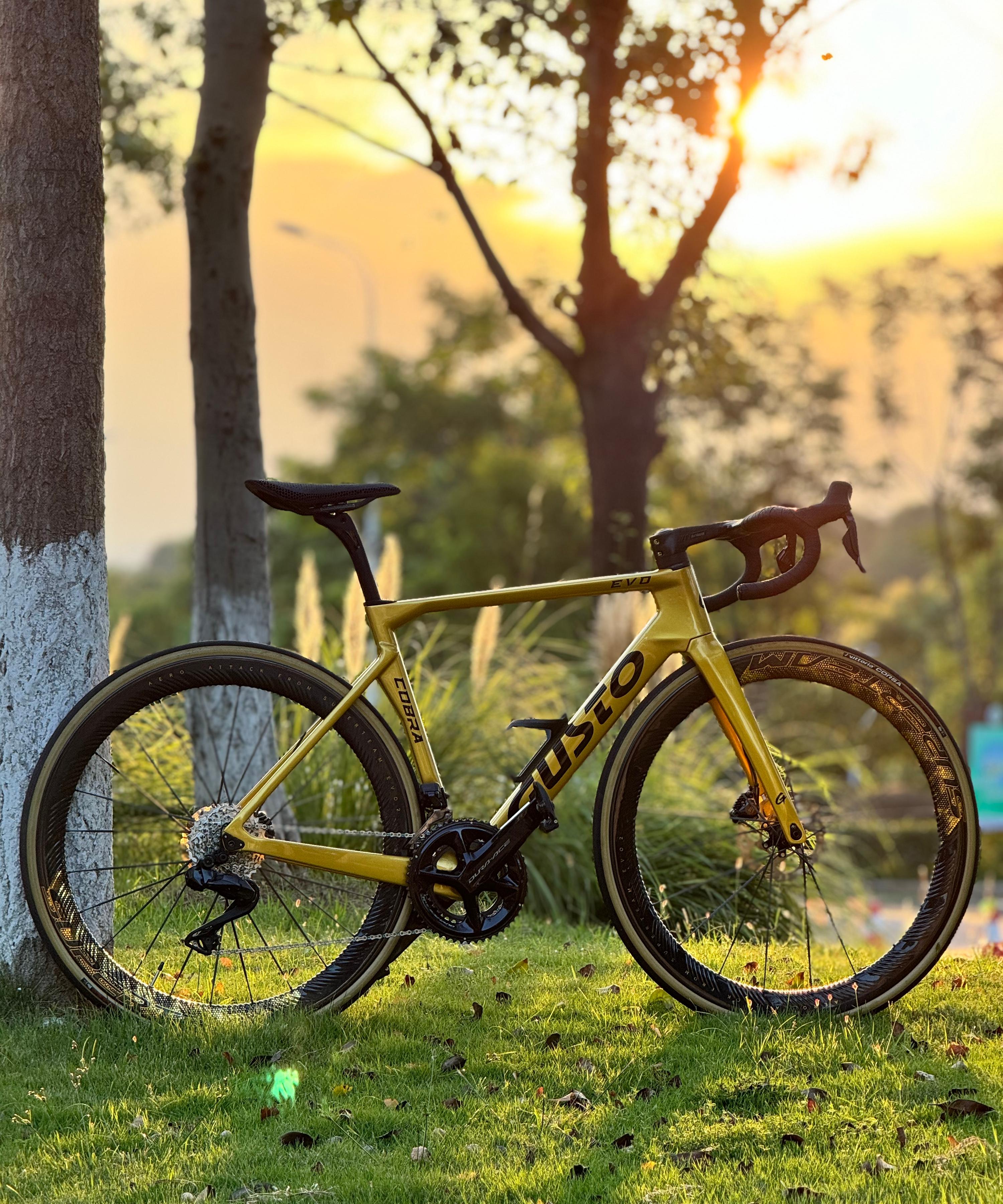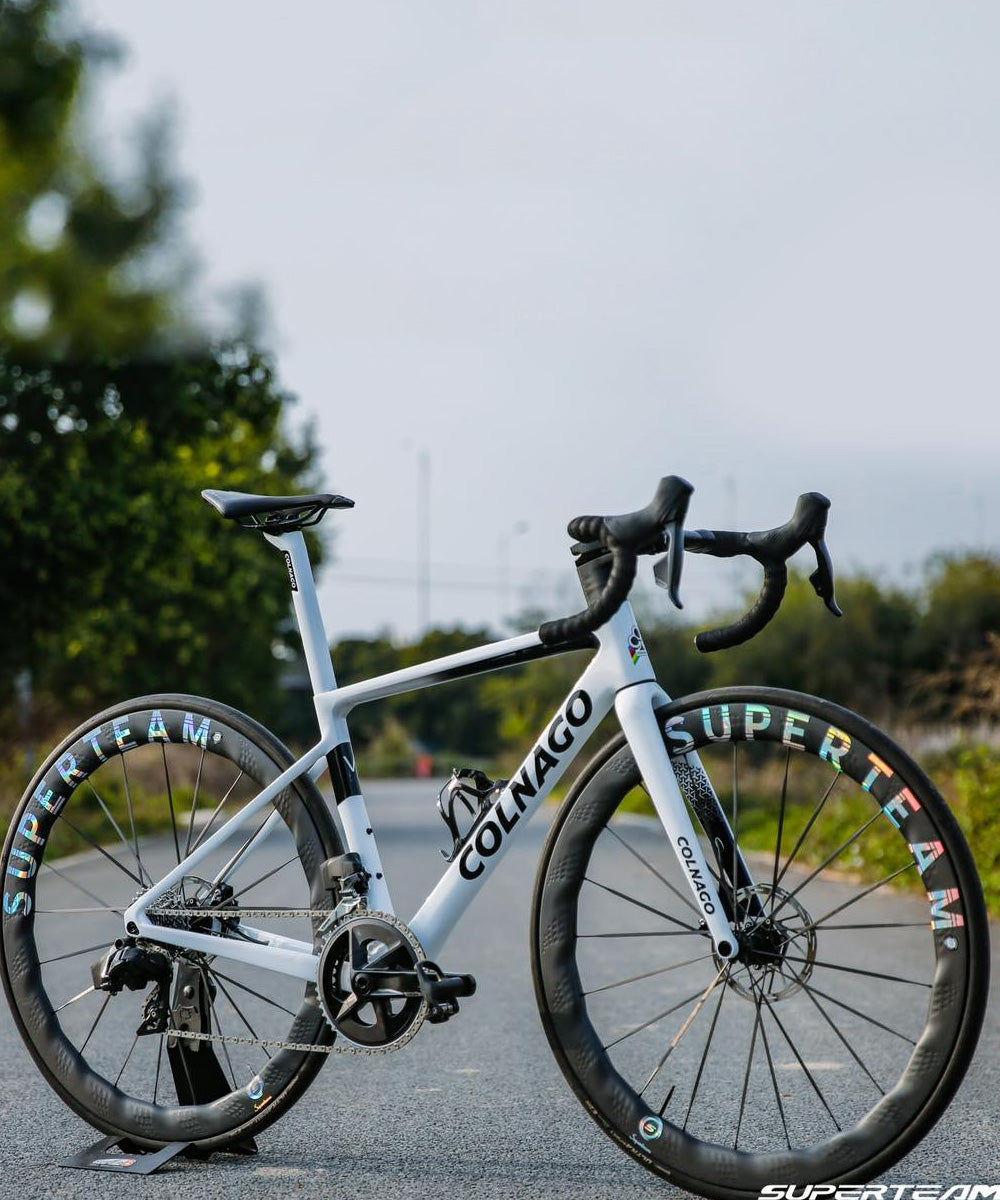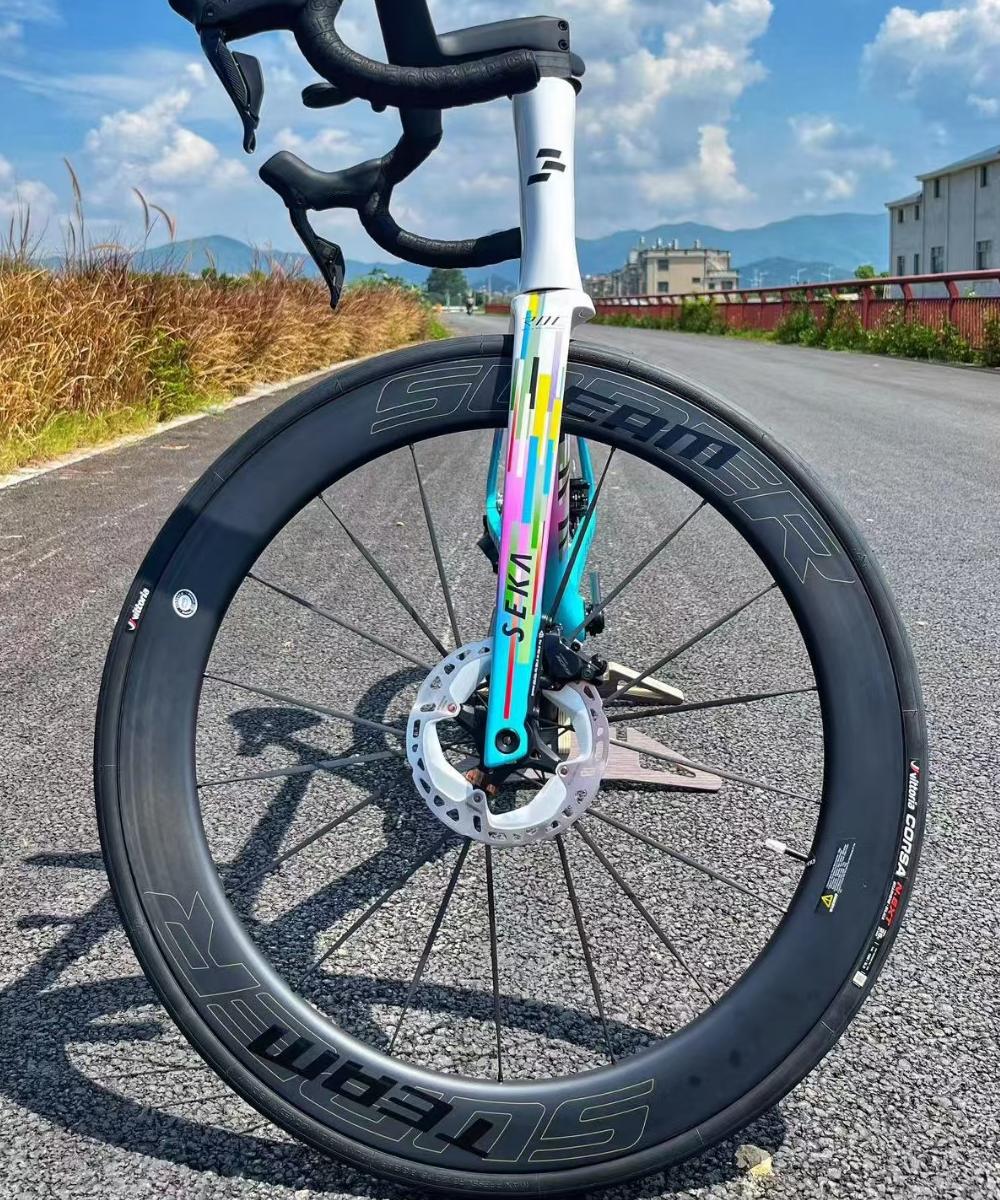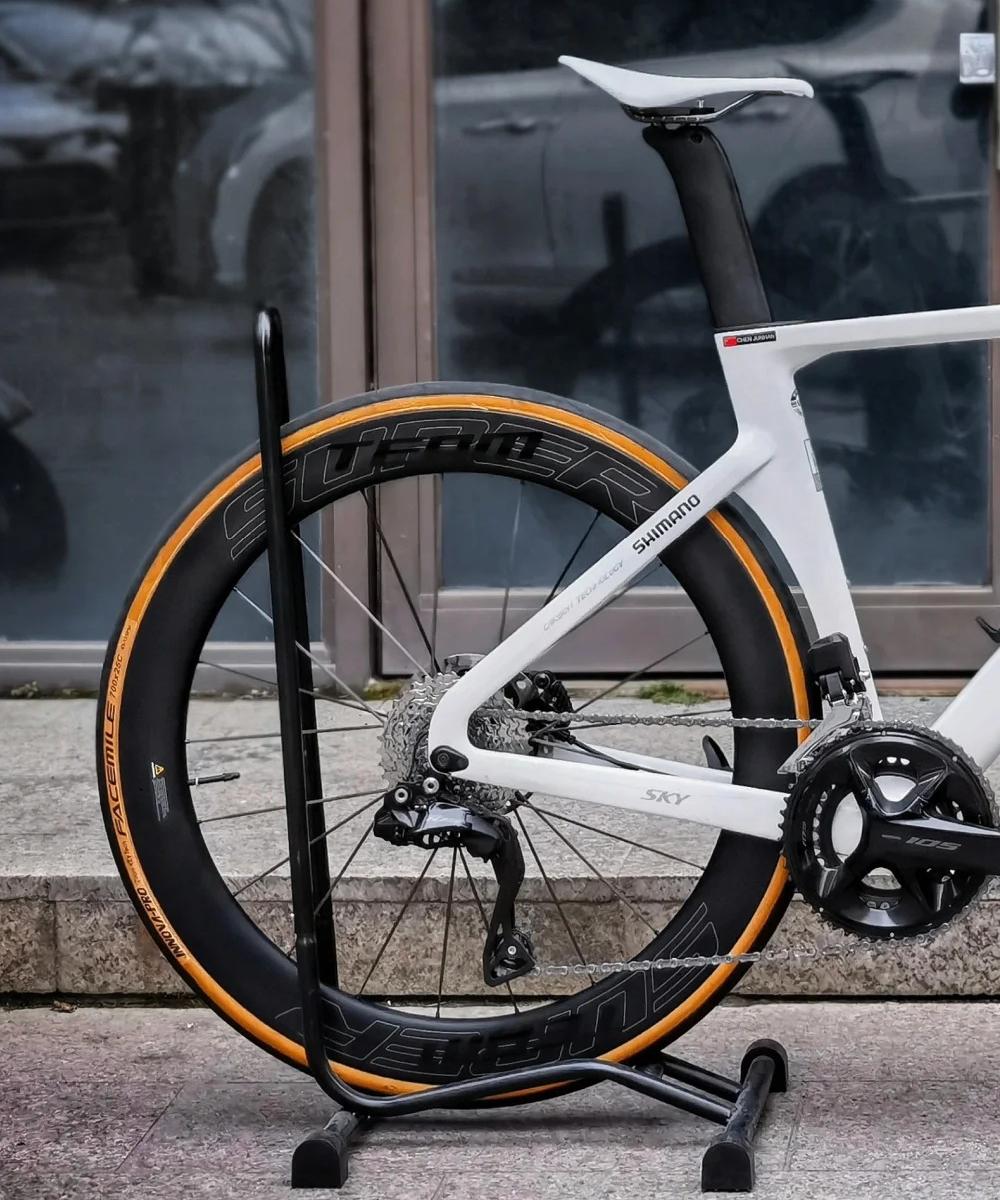Carbon Clincher vs. Carbon Tubular: Which Should You Choose?
When it comes to high-performance cycling wheelsets, carbon rims are a top choice among road racers, triathletes, and enthusiasts. But within the world of carbon wheels, one key decision can greatly impact your ride experience: clincher or tubular? Each has distinct advantages and drawbacks depending on your riding style, goals, and maintenance preferences. In this article, we’ll compare carbon clinchers and carbon tubulars to help you choose the right setup for your needs.
1. What Are Clincher and Tubular Wheels?
Carbon Clincher:
Uses a standard hooked or hookless rim profile.
Compatible with clincher tires and inner tubes, or tubeless setups (if the rim allows).
The tire hooks onto the rim bead and can be removed easily for repair or replacement.
Carbon Tubular:
Tire is glued or taped directly onto the rim.
No bead or inner tube—tire and tube are sewn together.
Typically lighter, with a rounder tire profile.
2. Weight and Performance
Tubular Wheels:
Usually lighter because they lack the reinforced sidewalls and bead hooks of clincher rims.
Lower rotational mass improves acceleration and climbing efficiency.
Preferred in pro-level racing, especially in hill stages.
Clincher Wheels:
Slightly heavier, but the gap is narrowing with modern carbon technology.
Tubeless-ready clinchers can reduce weight and rolling resistance.
Verdict:
For maximum performance on climbs and races, tubulars have the edge in pure weight. But clinchers offer nearly equivalent performance for most riders.
3. Ride Quality and Comfort
Tubular:
Can run at lower pressures without pinch flats.
Offers a smoother ride feel on rough surfaces.
The round profile improves cornering stability.
Clincher:
Modern tubeless clinchers also allow lower pressures with good comfort.
Slightly harsher ride with tubes at high pressure.
Verdict:
Tubulars feel more supple and responsive, but tubeless clinchers are closing the gap fast.
4. Safety and Heat Resistance
Braking Heat Buildup (especially with rim brakes):
Tubulars are safer in case of a flat; even if air escapes, the tire stays glued to the rim.
Clinchers may “blow off” the rim under extreme heat or pressure loss, though this is rare with modern rims.
Verdict:
On long mountain descents with rim brakes, tubulars offer better safety. Disc brake setups, however, eliminate most of these concerns for clinchers.
5. Repair and Maintenance
Clincher:
Easy roadside repair—just replace or patch the tube.
Tubeless setups require more care during installation, but seal most punctures automatically.
Tubular:
Difficult to repair mid-ride—you often need to carry a spare tire.
Re-gluing a tire is time-consuming and requires special tools and tape.
Verdict:
For everyday riding and ease of use, clinchers (especially tubeless) win hands-down.
6. Price and Accessibility
Clincher tires and wheels are widely available and compatible with most modern bikes.
Tubular tires are often more expensive and harder to find, especially outside of racing circles.
Wheelsets built for tubular tires are typically cheaper than equivalent clinchers, due to rim construction simplicity.
7. Who Should Choose What?
|
Rider Type |
Recommended Type |
Reason |
|
Professional Racers |
Tubular |
Lightweight, ride feel, safety at speed |
|
Amateur Racers |
Clincher (tubeless) |
Good performance, easier to repair and manage |
|
Weekend Warriors / Enthusiasts |
Clincher |
Simpler maintenance, lower long-term cost |
|
Gravel / Mixed Terrain |
Clincher (tubeless) |
Puncture resistance, low pressure comfort |
|
Time Trialists |
Either |
Depends on preference and support available during races |
Conclusion
The choice between carbon clincher and carbon tubular largely depends on your goals:
Choose tubulars if you’re chasing marginal gains in high-level racing and have the support to deal with flats and tire changes.
Choose clinchers if you prioritize convenience, versatility, and lower maintenance—especially for training, travel, or solo adventures.
With advancements in tubeless clincher technology, the gap between the two is narrower than ever, making carbon clinchers the more practical choice for the majority of riders today.




